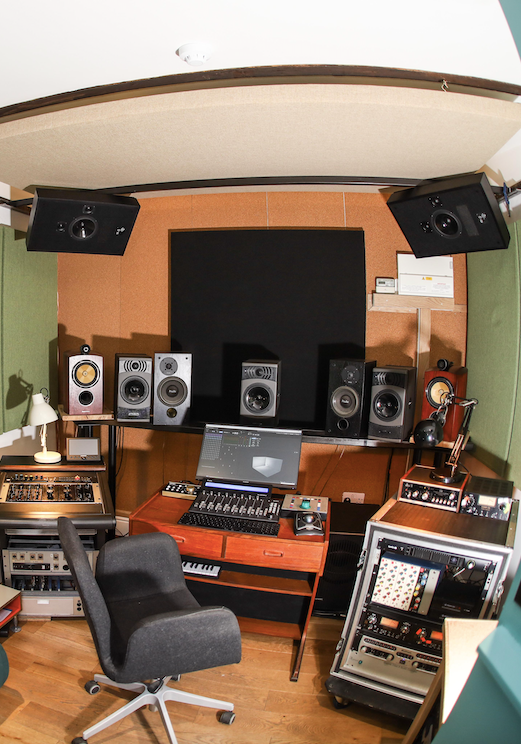Danish artist Kirstine Stubbe Teglbjærg – aka Sitrekin’s – Open Chest recently became the first spatial audio release with support for Dolby Atmos on Apple Music. The track was mixed by Dyre Gormsen in West London’s Eastcote Studios. The singer-songwriter and producer duo explain why the track was the perfect sonic launchpad for Apple Music’s new spatial audio offering.
How was Sitrekin’s Open Chest chosen as the song to launch Apple Music’s new lossless format available on iTunes using Dolby Atmos?
KT: Dyre was actually mixing Open Chest in stereo at the beginning of the year and suddenly he got into Dolby Atmos because of lockdown.
He said, ‘I have this new format and it's a three dimensional way of working with sound’, and I thought, ‘okay, this sounds amazing, let's go for it!’ When I heard the Dolby Atmos mix, I had this feeling of almost coming home – everything was just in place. Finally I could hear this music the way I heard it inside my own head.
DG: Dolby Atmos felt like the perfect canvas for Kirstine’s music in that it's very atmospheric and filmmic. It’s almost like it couldn't exist in stereo – of course it can – it sounds great in stereo as well, but Dolby Atmos definitely gives it a different dimension.
In the States they've been doing Dolby Atmos for quite a while now, but nobody has really been pushing it in the UK with the new productions in that sense. They've been turning around the archives in studios here for a while, but for us, it's very important to be on the front line, as well as of course picking up the old records and the stuff we've done in the past.
For this new way of working, I think Kirstine is pretty much the perfect artist for it – she's ahead of her time.






